To harness India’s demographic dividend — 500 million children and youth below age 34 — it is critical that we identify weaknesses in our K-12 system and fix them pronto. An overview of the deep-rooted problems of Indian school education with some remedial solutions writes Sridhar Rajagopalan
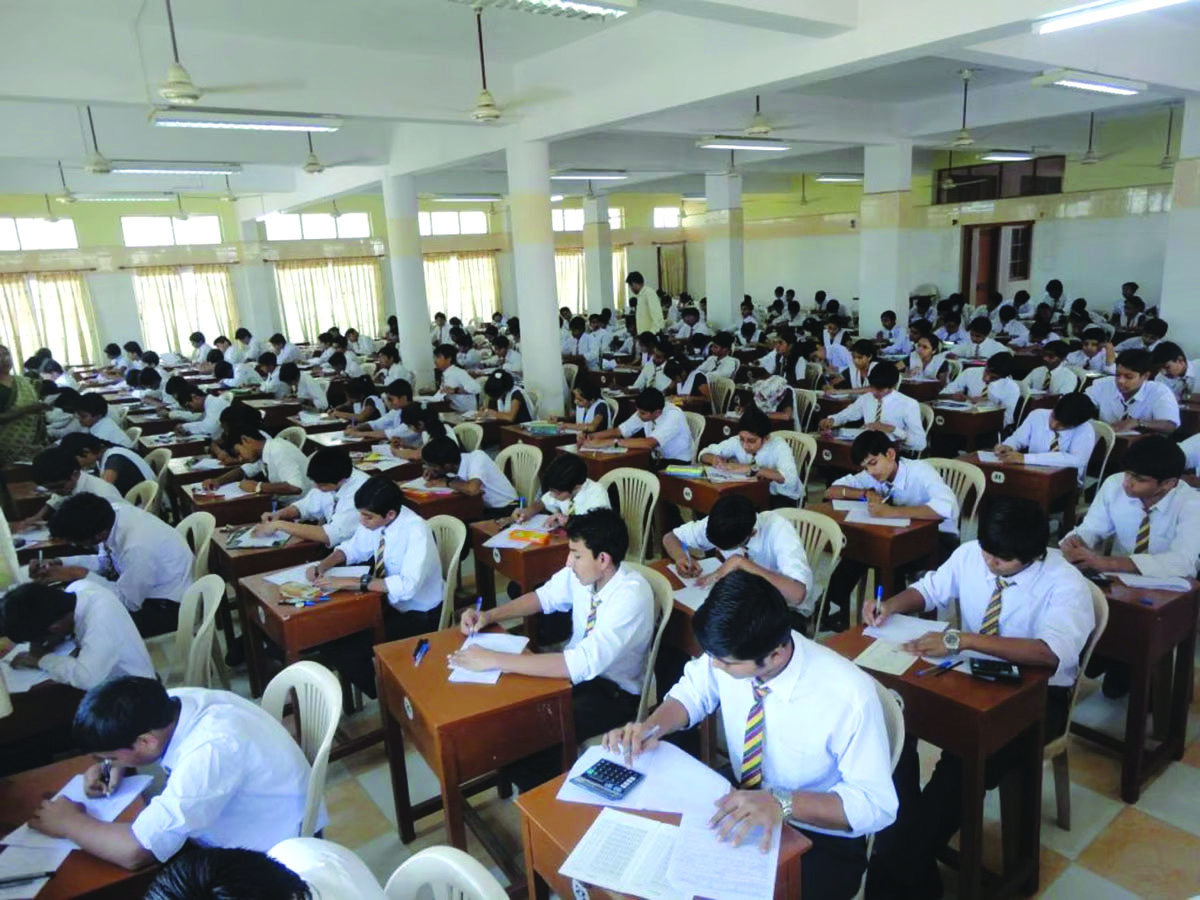
In the emerging hyper-competitive global marketplace where the quality of human resources is likely to prove a critically important factor, India’s foundational K-12 education system is not in good shape. Year after year, the Annual Status of Education Report (ASER), published by the independent Pratham Education Foundation, has been reporting that over half of class V children in primary schools of rural India — which grudgingly hosts 60 percent of the national population — can’t read class II texts or manage simple math sums.
And in the latest ASER 2023 report released on January 17, which field tested 34,375 teens in the 14-18 age group, the survey reveals that 25 percent cannot read a class II level textbook fluently in their regional language. “More than half struggle with division (3-digit by 1-digit) problems. Only 43.3 percent of 14-18-year-olds are able to do such problems correctly,” says ASER 2023. Unsurprisingly, as reported in the EW cover story last month (January), at the last minute India opted out of PISA (Programme for International Student Assessment), an international exam which tests the reading, science and maths capabilities of representative batches of 15-year-olds from over 80 countries.
With the Indian economy clocking 6 percent-plus annual GDP growth rates and forecast as the fastest growing major economy worldwide for the next decade, there will be a desperate need for well-educated and skilled human resources which have to emerge from its education system. When Apple weighs moving 25 percent of its iPhone production to India, a critical factor in its decision will be the quality of the workforce it can recruit. Simultaneously, there is the risk of AI impacting tech outsourcing that contributes an estimated 7.5 percent of India’s GDP.
The common perception is that India’s private schools which host 48 percent of in-school children are excellent. But studies have shown that while they provide a certain measure of drill and practice, they are not sufficiently developing modern 21st century thinking skills of relatively privileged children. To harness India’s demographic dividend — 500 million children and youth below age 34 — it is critical that we identify weaknesses in our K-12 system and fix them pronto. An overview of the deep-rooted problems of Indian school education is detailed below with some remedial solutions.
Rote learning and the exam system. The elephant in India’s K-12 classrooms is rote learning. Simply put, rote learning is mechanical learning where students can recite dates and definitions and solve ‘typical’ problems, but cannot demonstrate deeper understanding of subjects and apply their knowledge to real-life situations. Rote learning is not simply ‘memorisation’, which is a learning tool and may be useful at times. For example, memorisation of formulas for quick recall, once understood, or of multiplication tables is handy. Rote learning is learning by memory without understanding and with no intention to understand curriculum subjects. It is when students say — half proudly — “I have no idea what it means, but that’s all they’re going to ask in the exam, and I know the answer!”
Exam marks are valued in every society, but the ‘arms race’ between exam boards to award marks liberally so that students of affiliated schools can ‘remain competitive’ has led to boards setting recall or textbook-based questions, as students can score more in such questions. This has not only led to grades/marks inflation, but also had a downstream effect on classroom teaching with teachers focusing on what exam boards signal as important. When we compare exam boards in India with international boards we find that the latter have moved in the direction of higher order thinking and knowledge application in their questions, whereas in India we have moved in the opposite direction for exam boards to remain attractive to schools and students who can easily score higher marks.
This has triggered a vicious cycle — exam boards feed on society’s preference for higher grades and encourage rote learning. This also becomes the way of teaching and learning for teachers, students and coaching centres. In turn, it leads to strong pushback if boards try to move away from rote-based assessment.
The good news is that the National Education Policy (NEP) 2020 has explicitly addressed this problem, promising a shift in the format of exams from one that “primarily tests rote memorisation skills to one that is more regular and formative, is more competency-based, promotes learning and development for our students, and tests higher-order skills such as analysis, critical thinking, and conceptual clarity”. Major exam boards have already started making the change. But change has been slow and the boards may need stronger political backing to sustain the pushback from society when scores drop (whether from 99 to 90 or 50 to 40) as is likely.
Significant variations in school quality. In the recent World’s Best School Prizes of the London-based T4Education, the Riverside School, Ahmedabad was adjudged ‘Best in the World’ in the prestigious ‘Innovation’ category. This proves some of our schools are world-class. But the difference between the few top and numerous bottom-performing schools in India is huge.
In Finland, the lowest-performance school is only 5 percent ‘weaker’ than the best. For parents, that means the school closest to them is among the country’s best. This is a truly remarkable national achievement that even other top countries haven’t managed to attain.

School in Finland: good education can enable a country to become rich
One may be tempted to dismiss this example of quality standardisation by contending that Finland is rich and small (pop.5.5 million). But, there are many other rich and small countries that don’t come close to Finland in this respect. Also, Finland was colonised by the Swedes and the Russians for almost 700 years before attaining independence in 1917. Only 10 percent of children finished high school in Finland in the 1950s (lower than India’s percentage today), with huge gaps between the learning outcomes of rural and urban children well into the 1960s. However Finland took a number of deliberate steps to revamp its education system — focussing on a common, high expectations system for all children, making teacher education more prestigious and difficult to pass. Therefore, while being rich may help create a good education system, a good education system may well enable a country to become rich.
While Finland is at one extreme, India may well be at the other when it comes to education quality variations in our schools. Why is there so much difference between our schools? How can we reduce the gap?
Belief in and commitment to every child. One powerful indicator seems to be how society — including teachers, parents and the general populace — treats disadvantaged students, especially children from low-income households with lower social status confronted with challenging socio-economic situations, possibly from migrant households, or with physical and learning difficulties. How does our society view and support such students?
There seem to be two approaches in schools and society. The first is the belief that since weaker children may not be able to achieve average standards, the bar should be set lower for them. The other approach — somewhat counter-intuitive and hence less common — is to believe that with appropriate support, every child can attain good learning outcomes. In this approach, all students are expected to achieve high standards, with differential needs-based support.
In Indian society — perhaps due to the inherited caste system — there is widespread belief that children from disadvantaged households are incapable of learning adequately. Whether it is because the government school teacher witnesses her students’ illiterate parents’ inability to provide home support as an unsurmountable hurdle, or societal belief that science, commerce and arts streams require differential levels of ability; or the recent decision of some states to make mathematics optional in class X so more students can pass board exams. Our society doesn’t believe that “every child can”.
What is the impact of this widespread belief? One is the dilution of test papers. For example, the recent Common University Entrance Test (CUET) exams were consistently publicised as “easy tests as difficult ones lead to coaching and stress”. However, the CUET experience has shown that lower-than-appropriate difficulty tests stimulate marks/grades inflation and popularity of test prep and coaching classes, making college admission processes more stressful and less egalitarian and equitable.
The impact of dilution of test standards is reduction in the level of skills in society. When mathematics is made optional in class X, it may be with the intention of allowing more students – who fear the subject — to pass class X. But what this achieves is labelling, something students discern very quickly. When they get a message that they are regarded incapable of learning maths, they internalise it and this has a significant negative impact. Students don’t just drop maths in class X, they stop studying the subject much earlier believing either that they aren’t capable of learning it or arguing that it serves little purpose as it won’t be tested in the board exam. The net result is a large number of students lack- ing critical maths capability when they complete school.
We need to challenge this widespread belief and shift the societal mindset to believing ‘every child can’.
Societal expectation from schools and independent assessment. Educating the next generation is a societal responsibility. The government and private organisations run schools. This is a critical service but also one where there is a heavy responsibility to society. Parents should have adequate and relevant information when they are choosing schools for their children. They should not have to rely on word-of-mouth information from friends or publicity brochures and/or school websites. Therefore, parents should carefully study school ranking surveys in the media including the annual EducationWorld India School Rankings.
The next question that arises is how do we demand quality from our schools. Just as we expect pharmaceutical and consumer product companies to be accountable for the quality of their products and have specialised agencies that periodically check if quality standards are being met, we need a quality check for schools.
However, it’s important that such quality checks are conducted in a constructive, supportive spirit. Quality controls are only partly an audit of schools. They are also a valuable tool for them to improve, become more equitable and provide higher quality education to their students.

Sheikh Maktoum of Dubai at KHDA school: remarkable PISA ranking improvement
Traditionally, quality has been measured in terms of input metrics — such as a school’s infrastructure and qualifications of its teachers. While these are important, what really matters are learning outcomes and holistic education that children receive. There isn’t a clear relationship between input and output metrics. Therefore, the focus today has shifted to outcome metrics. These include academic as well as socio-emotional and other outcomes. This feature is focused on academic outcomes because they are easier to measure. But the same principles apply to other outcomes as well.
We want all schools to achieve high academic outcomes so that children can be successful in their adult careers and life. This can be done by measuring students’ learning progress through assessment. Note the best metric of assessment is not of student learning — the marks awarded in their individual report cards — but of their contribution to the performance of the whole school. Unlike many countries that require schools to be officially assessed, in India we have no such requirement. Moreover, we have repeatedly opted out of international tests like PISA (Programme for International Student Assessment) which provides feedback to the public on how their country’s education system is performing compared to others.
Most countries require their schools to be inspected and assessed at regular intervals. In this connection, how the United Arab Emirates (UAE), specifically Dubai, have been assessing schools for the past decade or so, provides an interesting case study for three reasons. First, there are a large number of Indian schools affiliated with the CBSE and CISCE exam boards there. Second, a sizeable proportion of students and teachers are of Indian origin. Third, Dubai has shown remarkable improvement, raising its rank in the PISA test from #50 in 2009 to #19 in 2019.
Admittedly, Dubai — and even the UAE as a whole — is very small compared to India. But the process they use is highly scalable and applicable to large countries as well. Dubai has less than 300 private schools that are tracked by the Knowledge and Human Development Agency (KHDA). KHDA identifies and empanels high quality partners including Educational Initiatives who with its proprietorial programmes (ASSET, ACER, GL Assessment) understands student learning and assessment. It mandates all its schools to choose a partner and undergo annual assessment by that partner. The partner provides feedback to the school as well as the government on the school’s strengths and weaknesses. Next, the school is required to devise a School Development Plan based on the assessment and receives a rating which is publicly shared.
Conversations with leaders of these schools indicate that many of them have also worked in India. The consensus is that while this process exerts some pressure on school managements, it is positive pressure as teachers improve, the school improves and students are the ultimate beneficiaries. In the UAE, school managements have wide autonomy, but they are answerable for the quality of learning they provide.
However, let’s examine the million-dollar question: what happens after the assessment results are obtained and how does it lead to school improvement?
Helping weaker schools: two types of accountability. Many countries require their schools to undergo assessment conducted by external agencies or an agency of the government to hold them ‘accountable’. But what does that accountability mean?
Some systems require school leaders to be accountable, answerable and responsible for institutional performance. This means they need to demonstrate that they are aware of their weaknesses, and share the plan of action they have drawn up to address them. When school leaders do this, they are provided support to address their challenges. Therefore in such cases, weaker schools are supported. If there are gaps (say a shortage of a subject teacher or some students from low-income households falling behind), they are provided government support. Of course, school leaders are answerable — if they are not able to show that they are aware of and trying to solve their problems — action may well be taken against them.
On the other hand, there are more rigorous institutional assessment systems that hold school leaders liable and culpable of negligence. In countries with these systems, low-performing schools or their leaders are punished — sometimes by way of budget grant cuts, or denial of certain benefits or resources that better performing schools receive. But in practice, this may further weaken the school. Firstly, no attempt has been made to diagnose the cause of the problem, and there is also an incentive for school leaders to hide problems for fear of punishment.
Both intuition and evidence suggest that systems that support weaker schools are more efficient than systems that are punitive. Of course, this is not a black-and-white situation and both strategies have to be used in some cases. But the common factor of efficient systems is that principals of the best schools are asked to help low-performing schools. Moreover, success in more challenging situations is considered an important step in their own career progression.
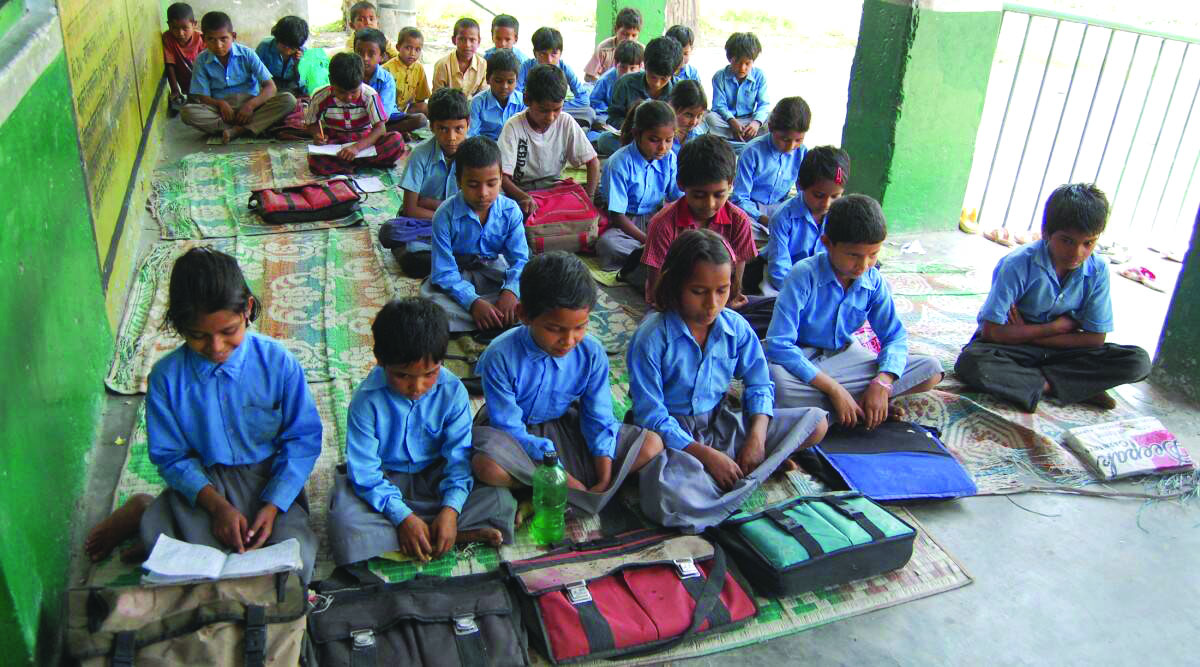
Primary school in Maharashtra: system supporting weaker schools more efficient
While student tests measuring how a school is performing in its core area of equipping students with skills and knowledge are at the heart of these assessments, the overall institutional assessment framework covers other aspects as well. Schools which understand the importance of hands-on projects, technology usage in teaching-learning, and other areas such as including sex education in curriculums, are rewarded. Efficient education systems signal schools that they must give importance to these issues. In Indian education, all these examples — hands-on projects, technology application and sex-education — are optional and entirely dependent on the school leadership.
These ideas stem from the basic philosophy that schools should have wide autonomy without being controlled or dictated. In India, we need a framework that prompts every school management to think about issues like “Are my students’ learning levels improving?”, “Are we harnessing technology and AI in the school to improve learning outcomes?”. When school leaders and teachers address these issues, schools improve their performance which should be communicated to parents and society. Baby steps have been taken in this direction in India with measures like the School Quality Assessment and Assurance framework and tests like CBSE’s SAFAL (structured assessment for analysing learning). These initiatives should be made compulsory rather than optional.
English — the aspirational medium of instruction. It is understandable that most parents want their children to speak fluent English. But parents assume this objective will be achieved by ensuring children study in English right from class I. This assumption is erroneous. For children raised in vernacular language environments, it is better if there is a strong grounding in their mother tongue. The medium of instruction could switch to English in higher classes.
Public education campaigns for education. A large omission in public policy has been education campaigns directed at parents. NEP 2020 wants students to enter class I only at age 6, a requirement backed by research. However, an increasing number of parents send their children to coaching and tuition classes too early, because of societal peer pressure. More than children, parents are addicted to high marks. All these issues need to be addressed in public campaigns and debates. Although there are public campaigns for health, tourism, safe driving among others, there are few for education. Effective campaigns are necessary for implementing some of the ideas discussed here.
NEP 2020 is a well-considered policy document and covers many important issues such as strong foundational literacy and numeracy, moving board exams away from encouraging rote learning, reforming teacher education and utilising technology to improve students’ learning outcomes. Many of its recommendations are in the process of implementation. But as discussed above, several major issues remain unaddressed. If we can fix them, K-12 education in India can improve rapidly and significantly. We need to address them without delay and in all earnestness and seriousness.
(An alumnus of IIT-Madras and IIM-Bangalore, Sridhar Rajagopalan is co-founder and Chief Learning Officer of the Bangalore-based Educational Initiatives Pvt. Ltd)
K-12 education reform: Other voices
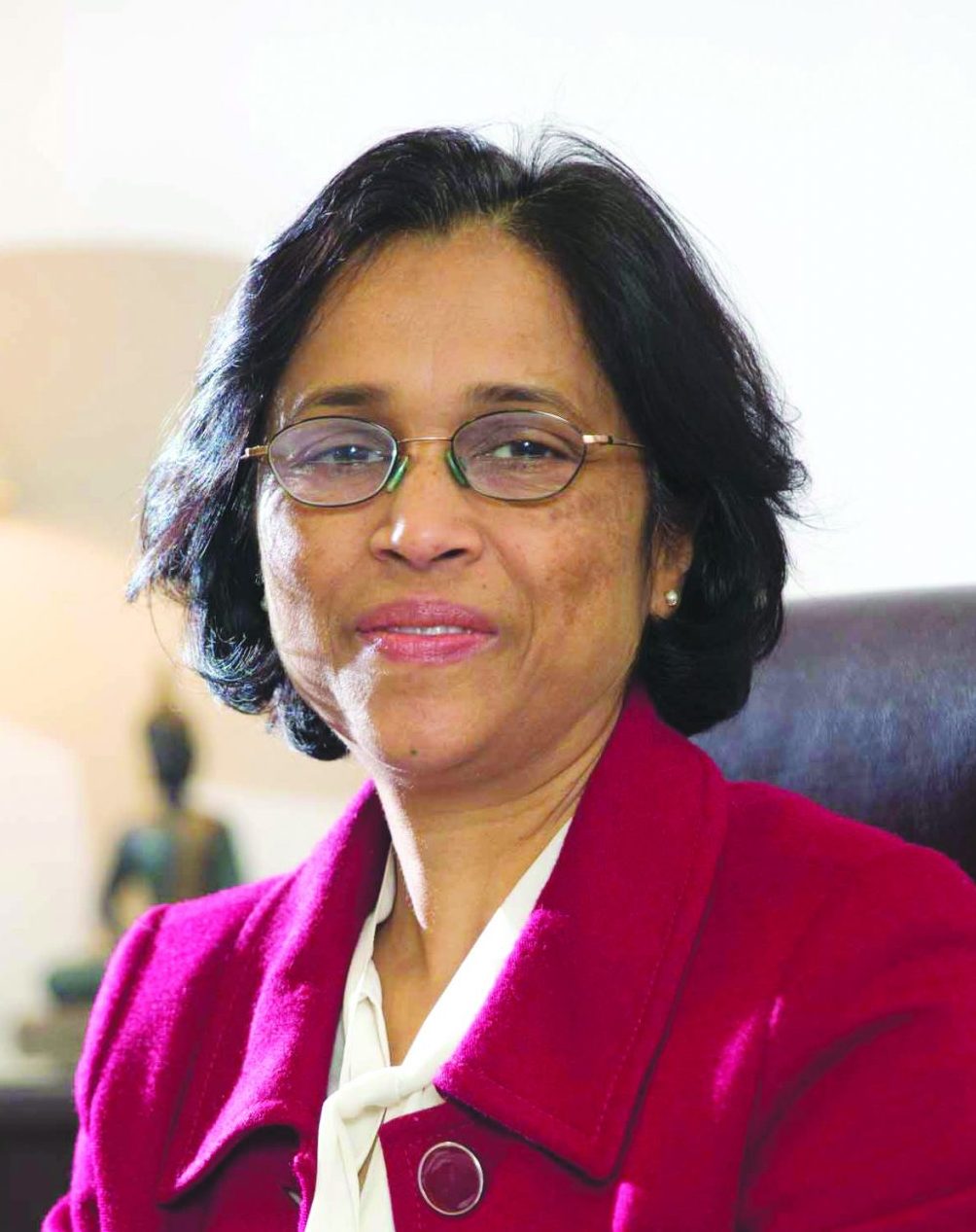 “First, change the way schools are funded. Instead of funding schools by way of grants, government should fund students directly through direct benefit transfers (DBT). Households/parents should be given education vouchers of various denominations to ‘purchase’ education in schools of their choice. The voucher system would create competition between schools — to provide good education to attract and retain voucher-bearing students. Secondly, government should separate its roles as funder, provider and regulator of government schools. Government schools are unsuccessful because in its regulatory capacity, government is unlikely to impose punitive sanctions on its own schools. Thirdly, I would recommend that government recognition of private schools, including private budget schools, should be based on outcomes, not inputs. At present under s.19 of the RTE Act, government recognition of a school is dependent upon complying with a range of infrastructural norms. Infrastructural inputs have no proven relationship with learning outcomes — skills and knowledge — which is what parents and employers care about” — Prof. Geeta Kingdon, chair of education economics and international development at the Institute of Education of University College London
“First, change the way schools are funded. Instead of funding schools by way of grants, government should fund students directly through direct benefit transfers (DBT). Households/parents should be given education vouchers of various denominations to ‘purchase’ education in schools of their choice. The voucher system would create competition between schools — to provide good education to attract and retain voucher-bearing students. Secondly, government should separate its roles as funder, provider and regulator of government schools. Government schools are unsuccessful because in its regulatory capacity, government is unlikely to impose punitive sanctions on its own schools. Thirdly, I would recommend that government recognition of private schools, including private budget schools, should be based on outcomes, not inputs. At present under s.19 of the RTE Act, government recognition of a school is dependent upon complying with a range of infrastructural norms. Infrastructural inputs have no proven relationship with learning outcomes — skills and knowledge — which is what parents and employers care about” — Prof. Geeta Kingdon, chair of education economics and international development at the Institute of Education of University College London
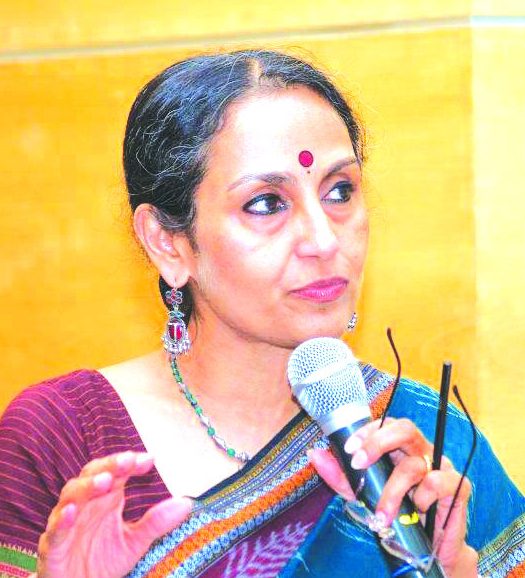 “Teachers have been neglected for so long that it will take at least 25 years of sustained training and support before we make a significant dent in improving the learning experiences and outcomes of India’s school-going children… internationally our learning outcomes are embarrassingly poor especially for a country that has lofty aspirations of being a superpower. My prescription for closing this big learning gap is to invest in teachers — both pre-service and in-service.” — Maya Menon, founder-director of the Bangalore-based The Teacher Foundation
“Teachers have been neglected for so long that it will take at least 25 years of sustained training and support before we make a significant dent in improving the learning experiences and outcomes of India’s school-going children… internationally our learning outcomes are embarrassingly poor especially for a country that has lofty aspirations of being a superpower. My prescription for closing this big learning gap is to invest in teachers — both pre-service and in-service.” — Maya Menon, founder-director of the Bangalore-based The Teacher Foundation
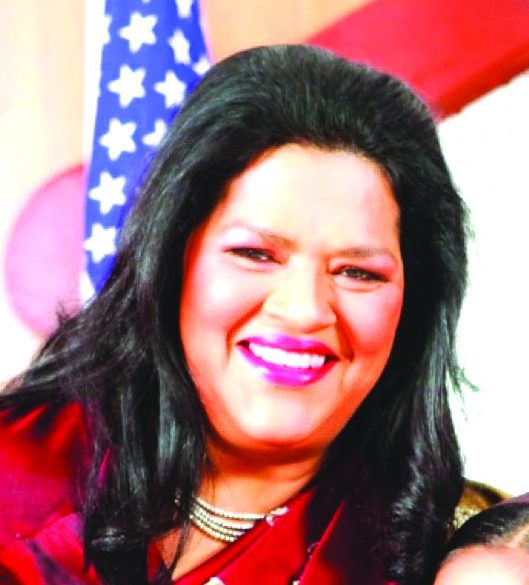 “The Central and state governments should sharply increase outlays for public education. There should be greater emphasis on vocational and skills training to equip Indian youth with industry preparedness. And upgrade teacher training programmes in new technologies usage to enhance e-learning” — Grace Pinto, Managing Director, Ryan International Group of Institutions
“The Central and state governments should sharply increase outlays for public education. There should be greater emphasis on vocational and skills training to equip Indian youth with industry preparedness. And upgrade teacher training programmes in new technologies usage to enhance e-learning” — Grace Pinto, Managing Director, Ryan International Group of Institutions
“First, government, society, should make teaching a truly aspirational profession. Currently, except for a small minority of mavericks, it is a fallback profession. From investment in training, higher salaries, stronger quality checks at entry, to high-visibility recognition and well-marketed campaigns in media, a concerted national effort is needed to elevate the profession and bring back its value and dignity. Secondly, democratise education by bringing parents and learners into the education system. Third, educators need to balance technology with environment preservation and sustainable development. Conversations on digital citizenship — beyond digital literacy and skills — in their formative years will equip our children to maintain that balance” — Bunker Roy, founder, Barefoot College, Tilonia
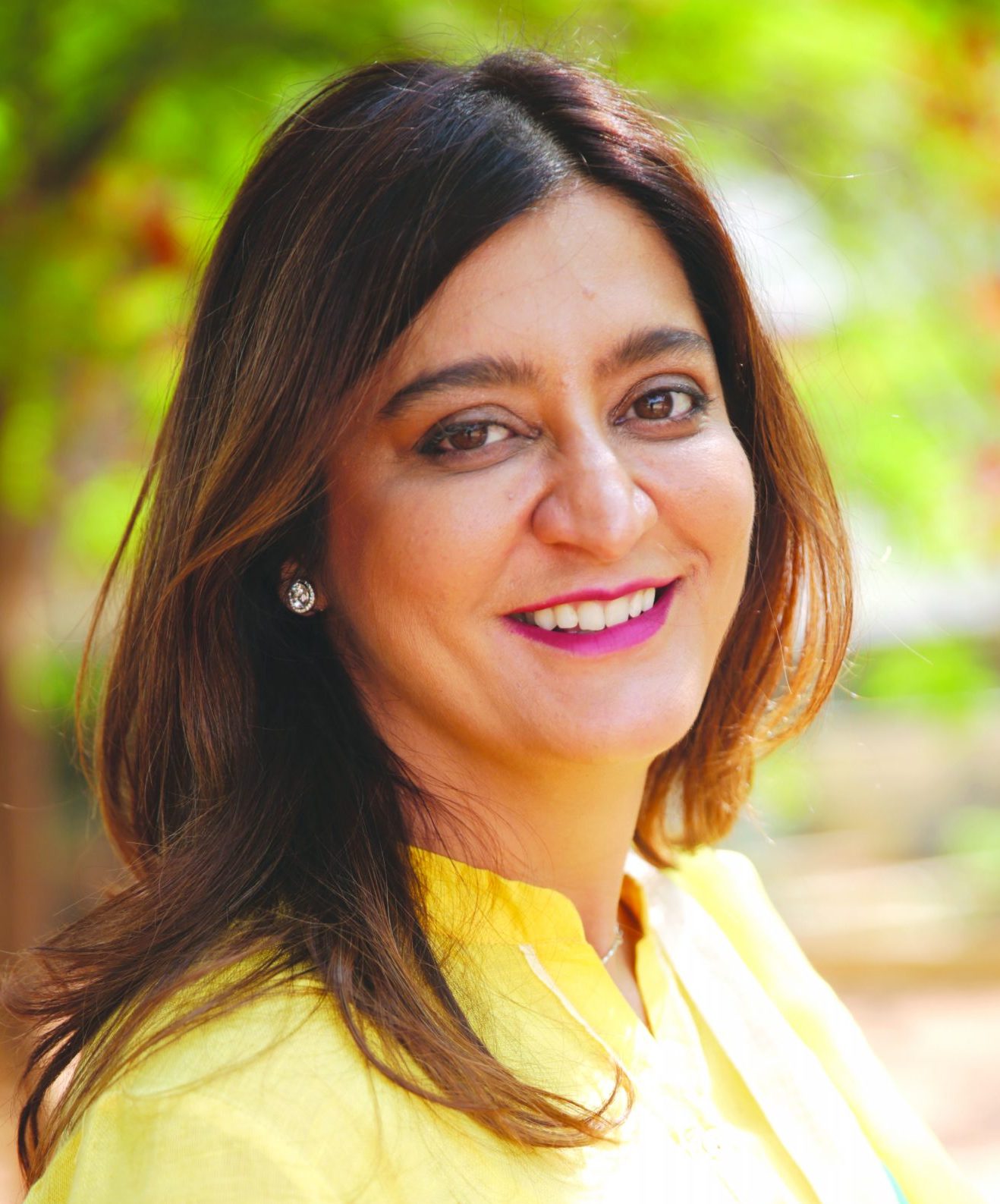 “First declare digital learning platforms a public utility like electricity and water supply. Secondly, government should fund students, not schools, through the much debated school vouchers programme. Third, encourage promotion of private schools, and public-private partnerships. Education must become the country’s #1 national priority.” — Nooraine Fazal, co-founder, Inventure Academy, Bengaluru
“First declare digital learning platforms a public utility like electricity and water supply. Secondly, government should fund students, not schools, through the much debated school vouchers programme. Third, encourage promotion of private schools, and public-private partnerships. Education must become the country’s #1 national priority.” — Nooraine Fazal, co-founder, Inventure Academy, Bengaluru
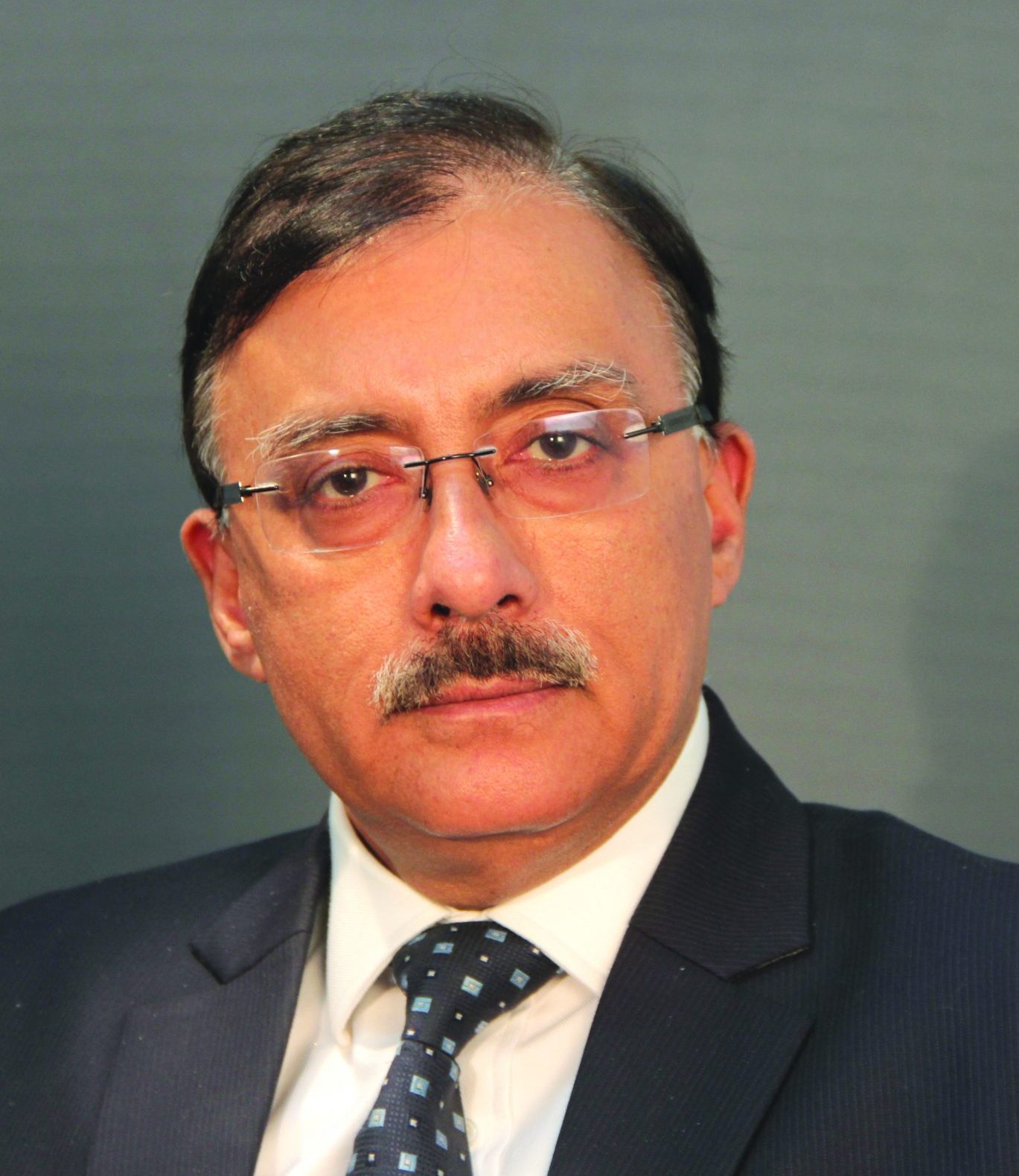 “First, incorporate blended and flip learning in all schools. This will give more time for students to develop creative and critical thinking, communication and higher order thinking skills in their classrooms. Secondly, understanding revamp pedagogies to enable real of concepts rather than rote learning. Third, provide professional, vocational and skill-based training to students to enable them to chart out career paths after school” — Deepak Madhok, chairman, Sunbeam Group of Education Institutions
“First, incorporate blended and flip learning in all schools. This will give more time for students to develop creative and critical thinking, communication and higher order thinking skills in their classrooms. Secondly, understanding revamp pedagogies to enable real of concepts rather than rote learning. Third, provide professional, vocational and skill-based training to students to enable them to chart out career paths after school” — Deepak Madhok, chairman, Sunbeam Group of Education Institutions
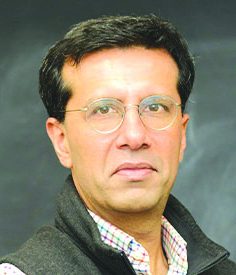 “Numerous research studies indicate that foundational learning is the only way to improve learning outcomes of in-school children. Ensuring universal foundational literacy and numeracy skills prior to completion of class III, can bridge the wide learning gaps that exist today, increase workforce participation and improve overall quality of life. The FLN (foundation, literacy and numeracy) mission of the Central government has high potential and every effort should be made to ensure its robust implementation by state governments. Simultaneously, there’s a lot of work to be done to unlock the true potential of edtech to seamlessly integrate conventional and online teaching-learning in classrooms as well as at home. Lastly, there’s urgent need to create an enabling environment and build a scalable model for the affordable private school system where almost 50 percent of India’s school-going children study” — Ashish Dhawan, founding-chairman Central Square Foundation, Delhi
“Numerous research studies indicate that foundational learning is the only way to improve learning outcomes of in-school children. Ensuring universal foundational literacy and numeracy skills prior to completion of class III, can bridge the wide learning gaps that exist today, increase workforce participation and improve overall quality of life. The FLN (foundation, literacy and numeracy) mission of the Central government has high potential and every effort should be made to ensure its robust implementation by state governments. Simultaneously, there’s a lot of work to be done to unlock the true potential of edtech to seamlessly integrate conventional and online teaching-learning in classrooms as well as at home. Lastly, there’s urgent need to create an enabling environment and build a scalable model for the affordable private school system where almost 50 percent of India’s school-going children study” — Ashish Dhawan, founding-chairman Central Square Foundation, Delhi
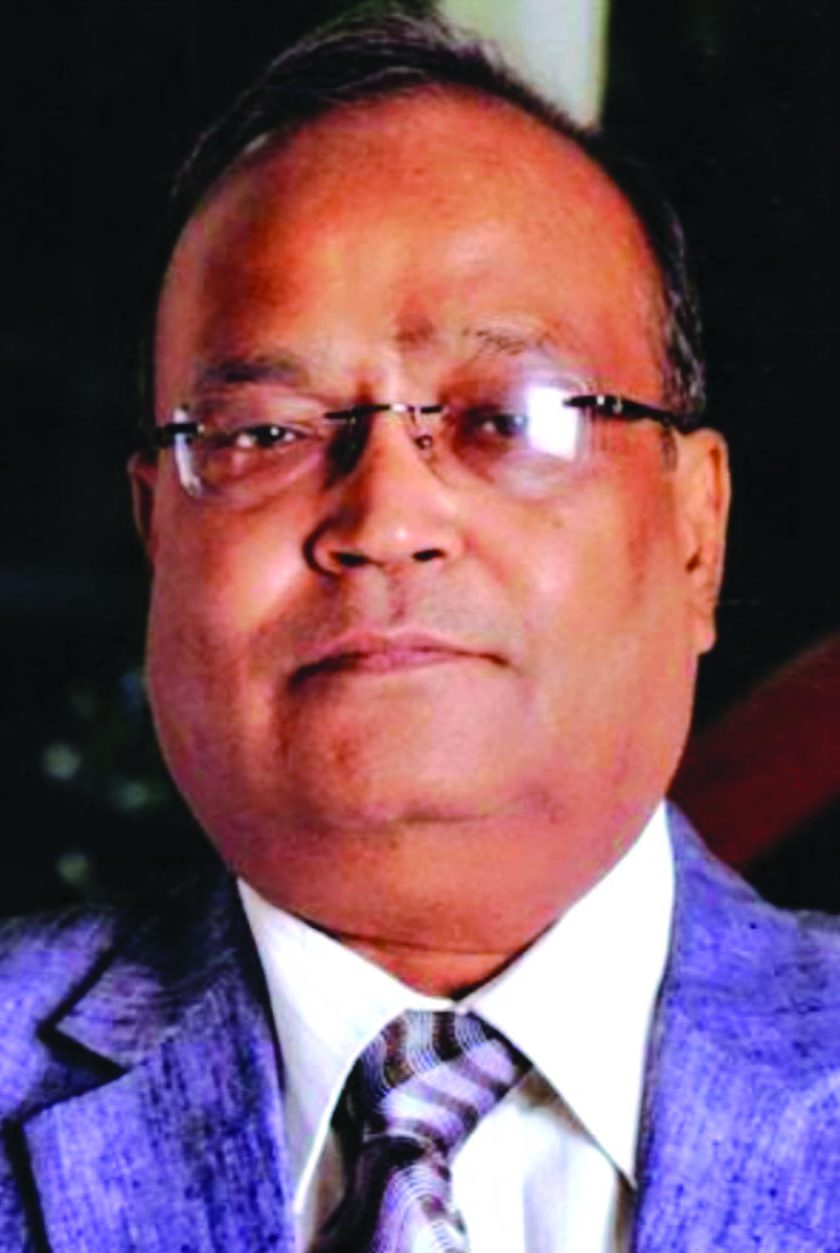 “First, schools have to reinvent themselves. The prime lesson of the Covid-19 pandemic is that technology must be infused into classrooms to aid and enhance learning outcomes. Secondly, schools should learn to reduce their expenditure to make education pocket-friendly. Third, the Central and state governments should double their annual education budgetary outlays for public education, so that quality education becomes accessible to financially disadvantaged households” — Damodar Goyal, president of the Society for Unaided Private Schools of Rajasthan
“First, schools have to reinvent themselves. The prime lesson of the Covid-19 pandemic is that technology must be infused into classrooms to aid and enhance learning outcomes. Secondly, schools should learn to reduce their expenditure to make education pocket-friendly. Third, the Central and state governments should double their annual education budgetary outlays for public education, so that quality education becomes accessible to financially disadvantaged households” — Damodar Goyal, president of the Society for Unaided Private Schools of Rajasthan
Source: EducationWorld 2017-2020
NEP 2020 highlights
The Union Cabinet of the BJP/NDA 2.0 government approved the National Education Policy (NEP) 2020 on July 29. Formulated over a period of four years and based on the recommendations of the T.S.R. Subramanian Committee Report (2016) and draft NEP of the Dr. K. Kasturirangan Committee (2017-19), NEP 2020 replaces the National Policy on Education (NPE), 1986/92.
School education
• Ensure NEP 2020 is aligned with the United Nations SDG-4 of all children from preschool to secondary level in school education by 2030.
• The policy mandate is to re-induct 20 million out-of-school children back into mainstream education.
• The current 10+2 system to be replaced by a new 5+3+3+4 curricular structure corresponding to ages 3-8, 8-11, 11-14, and 14-18 years. The new system will have 12 years of schooling with three years of anganwadi/preschool learning.
• Every child to attain foundational literacy and numeracy by class III (age eight). Vocational education to start from class VI with internships.
• Medium of instruction until class V or preferably until class VIII to be in mother tongue/regional language “wherever possible”. The three-language formula to be followed.
• Assessment reforms with 360 degree holistic progress card to track students’ progress. Examinations by appropriate authority in classes III, V and VIII.
• A new and comprehensive National Curriculum Framework for Teacher Education (NCFTE 2021) will be formulated by the NCTE in consultation with NCERT. By 2030, the minimum degree qualification for teaching will be a four-year integrated B.Ed degree.
Higher Education
• Gross Enrolment Ratio in higher education to be raised to 50 percent by 2035; capacity in higher education to be expanded by 35 million.
• NEP 2020 introduces broad based, multi-disciplinary, holistic undergraduate education with flexible curricula, creative combinations of subjects, integration of vocational education and multiple entry and exit points with appropriate certification. Undergrad programmes can be of three-four years with multiple exit options and certification.
• Academic Bank of Credits to be established to facilitate transfer of credits.
• Multidisciplinary Education and Research Universities (MERUs) on a par with IITs, IIMs, to be promoted countrywide as models of best multidisciplinary education of global standards.
• National Research Foundation to be the apex body for developing a strong research culture and building research capacity in higher education.
• A Higher Education Commission of India (HECI) will be an overarching umbrella body for all higher education, excluding medical and legal education institutions. Four independent verticals — the National Higher Education Regulatory Council (NHERC) for regulation, General Education Council (GEC) for setting standards, Higher Education Grants Council (HEGC) for funding, and National Accreditation Council (NAC) for accreditation, to be established under HECI. Public and private higher education institutions will be governed by the same set of norms for regulation, accreditation and academic standards.
• College affiliation with universities to be phased out in 15 years and a mechanism for granting graded autonomy to colleges to be instituted. Over a period of time, every college will either develop into an autonomous degree-granting college or constituent college of a university
Others
• An autonomous National Educational Technology Forum (NETF) to be established to provide a platform for the free exchange of ideas on the use of technology to improve learning, assessment, planning, administration.
• NEP 2020 mandates a Gender Inclusion Fund and Special Education Zones for under-developed regions and socioeconomically disadvantaged groups (SEDGs).
• The new policy favours multilingualism in schools and higher education. National Institute for Pali, Persian and Prakrit, Indian Institute of Translation and Interpretation to be promoted.
The Centre and the states will work together to increase investment in public education to reach 6 percent of GDP at the earliest.
(Excerpted from EducationWorld, July 2020)























